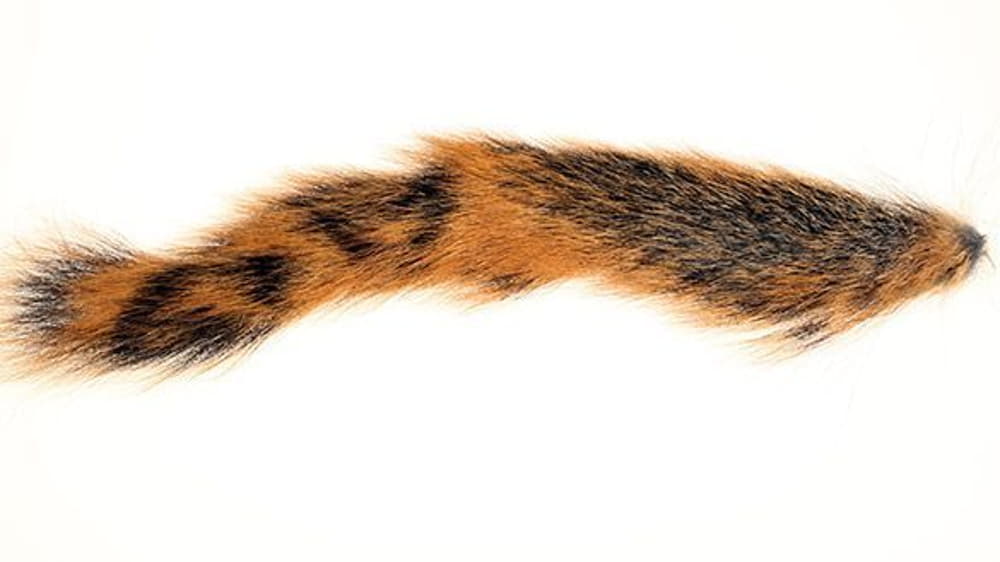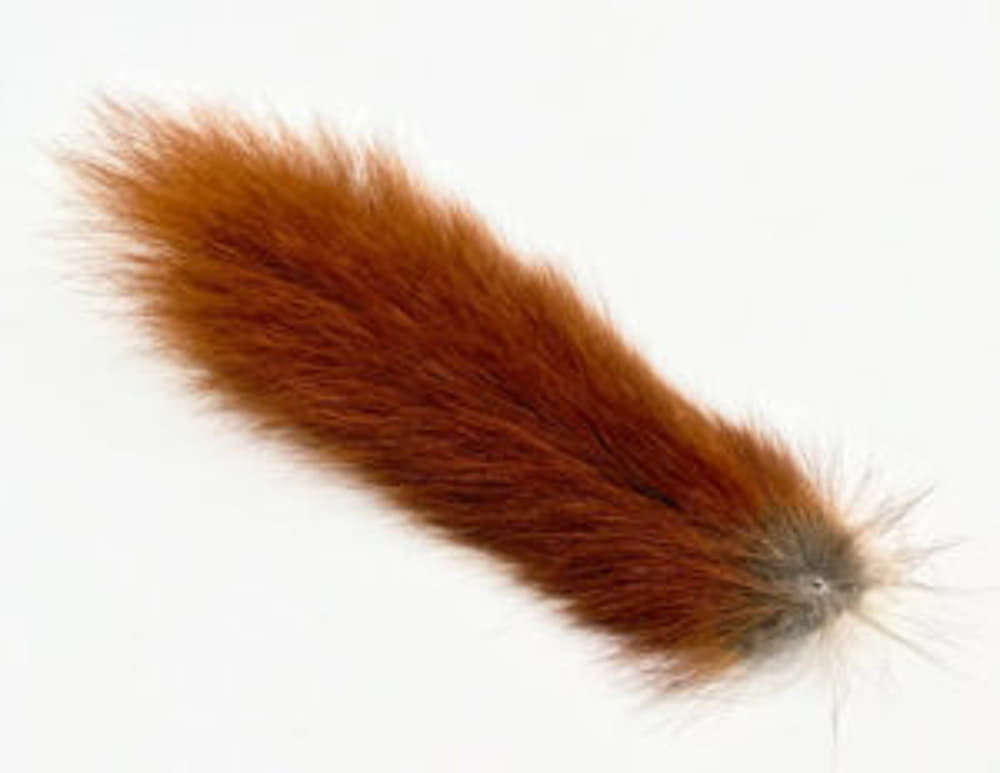Tanning a squirrel tail is a unique skill that combines craftsmanship and outdoor expertise. Hunters often tan squirrel tail skins to make home decorations or preserve hunting trophies. So, how to tan a squirrel tail?
Tanning a squirrel tail is a simple process that can be done at home with just a few basic materials. This tanning process turns a raw squirrel tail into a durable and aesthetically pleasing keepsake. The art of tanning not only enhances the longevity of the tail but also adds a touch of rustic charm. As we go deeper into the techniques, it becomes clear that tanning is more than just a craft. It is a means to connect with nature and preserve a piece of it for both functional and ornamental purposes.
Whether you are a hunter looking to use every part of your prey or just looking for unique materials, this requires attention to detail and ethical considerations.
Table of Contents
How To Tan A Squirrel Tail
The squirrel tail tanning process includes 4 main stages including: Preparing the tail, Soaking the tail in Borax, Tanning the tail and Stretching the tail. Let’s learn about the following stages in detail.
Preparing The Tail
Properly preparing the tail requires going through the steps of skinning, cleaning and salting the tail.
Skinning The Tail
It’s best to skin the tail immediately, if you have freshly killed the squirrel. This ensures that the fur is still in good condition and easier to work with. To skin the tail, you make a cut down the underside of the tail from the base to the tip. Be careful not to cut through the fur as this can damage the pelt. After skinning the tail, you remove any remaining flesh or fat from the inside of the tail using a sharp knife or scissors.
Cleaning The Tail
After skinning, you must clean the tail thoroughly. You should use soap and water to wash away any dirt or debris. You can also use a small amount of dish soap to help remove any excess oils from the fur. After washing the tail, dry it with a towel. You need to make sure the tail is completely dry before moving on to the next step.
Salting The Tail
Salting the tail helps to draw out any remaining moisture and preserve the fur. You need prinkle a generous amount of salt over the entire tail, making sure to cover all areas. Then, place the tail in a plastic container with a lid and refrigerate for 24 hours.
Soaking The Tail In Borax
After salting, it’s time to soak the tail in borax. Borax is a natural mineral that helps to preserve and soften animal hides. You can find it at most grocery or hardware stores. To create a borax solution, you need to mix 1 cup of borax with 1 gallon of water.
You then place the tail in the solution and make sure it is completely submerged and let it soak for 24 hours. Once the tail has soaked, remove it from the borax solution and rinse it well with water. This helps to remove any excess salt and borax from the fur.

Tanning The Tail
Now that the tail has been well prepared, it’s time to tan it. There are various tanning solutions available on the market, but we will focus on two popular methods: Using the Rit DyeMore Tanning Kit and Using Alum.
Using Rit DyeMore Tanning Kit
Rit DyeMore Tanning Kit is a popular choice for tanning squirrel tails as it is easy to use and produces great results. You just need to follow the instructions on the package to mix the tanning solution. Once mixed, place the tail in the solution and make sure it is completely covered.
Let the tail soak for the recommended amount of time, usually around 30 minutes to an hour. After soaking, you should remove the tail from the solution and rinse it thoroughly with water. This helps to remove any excess tanning solution from the fur.
Using Alum
Alum is another commonly used tanning solution that can be found at most drugstores. To use alum, you mix 1 part alum with 2 parts water. Place the tail in the solution and let it soak for 24 hours. After soaking, you remove the tail and rinse it well with water.
Stretching The Tail
Stretching the tail to its original length is the last important step in the squirrel tail tanning process. This step helps to prevent the fur from shrinking and becoming stiff. To do this, you pin the tail to a piece of newspaper or plastic tarp. Then, you gently pull on the tail to stretch it out and secure it in place with pins. Let the tail dry completely before removing the pins.
Read this post: How to Preserve a Squirrel Tail: The Easy Steps to Follow
Uses For Tanned Squirrel Tails
Tanned squirrel tails, once skillfully prepared, find a variety of creative and practical applications. Here are 4 popular uses for tanned squirrel tails:
- Fly tying materials: The soft and fluffy fur of a squirrel tail makes for great fly tying materials for fishing enthusiasts. They are used to simulate the shape of natural prey and attract fish.
- Hat decorations: Tanned squirrel tails can be used to decorate hats, adding a unique touch to your wardrobe.
- Jewelry making: The fur from a tanned squirrel tail can be utilized to make one-of-a-kind jewelry pieces including earrings, necklaces, and bracelets. One common use is in the creation of keychains, where the tanned tail adds a distinctive touch.
- Tactile teaching tools: In outdoor education, these tails can be utilized as tactile teaching tools to illustrate concepts related to wildlife and anatomy.

